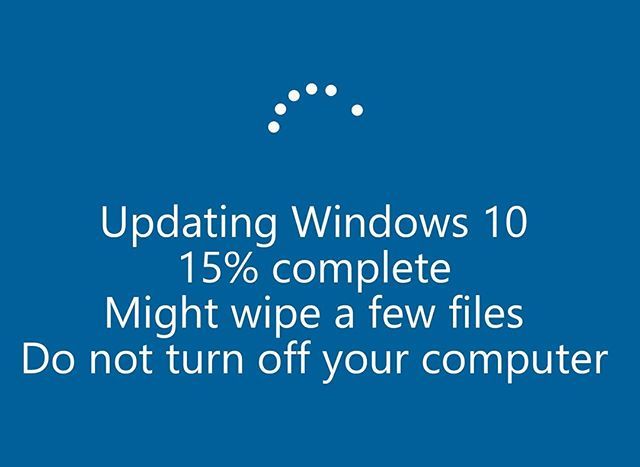Leaving No Safe Haven For Commandline Obfuscation (Part One)

The only thing I find more fascinating than digital anti-forensics, obfuscation and defence evasion is coming up with ways to thwart those techniques as they are employed by adversaries in the wild. This will be a few posts about ways to detect Windows command line obfuscation using Splunk, but I'm sure that the SPL I'm going to include here could be adapted to create detections for other SIEM tools like elastic or Sentinel with relative ease. Think of this as a chance to look up a magician's sleeve for a little peek at the concealed dove. Before we look at detections though we need to define the problem itself, what is command line obfuscation (or “DOSfuscation”) and why is it a problem for defenders? I would urge anyone who is interested in learning more about this topic in depth to check out Wietze Beukema’s excellent SANS DFIR talk: If you are following along with ATT&CK I think this technique is best mapped to T1027, Obfuscated Files or Information. One of t...





